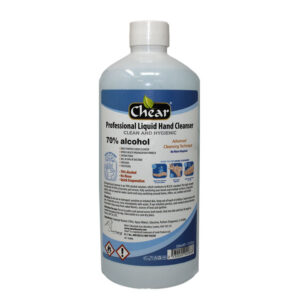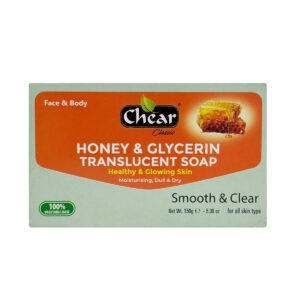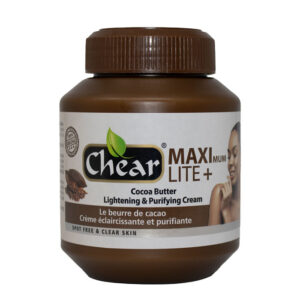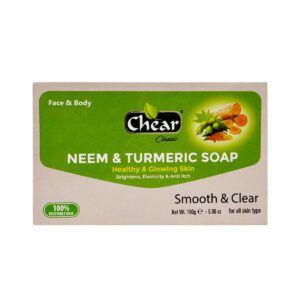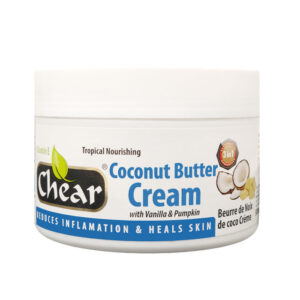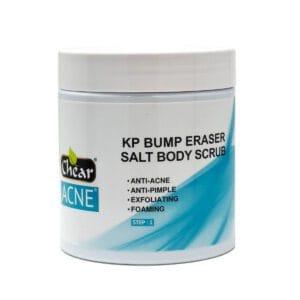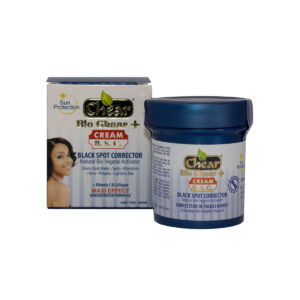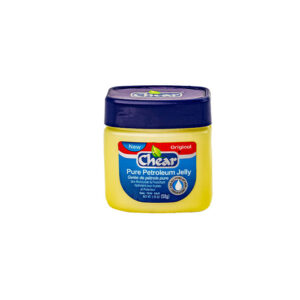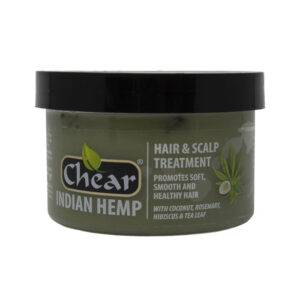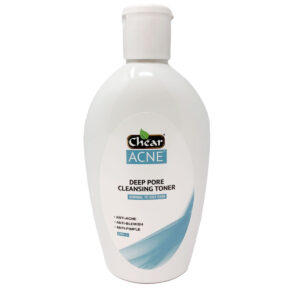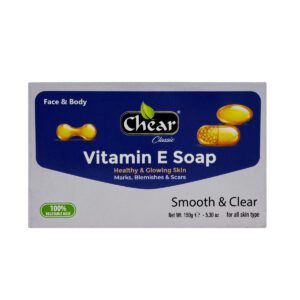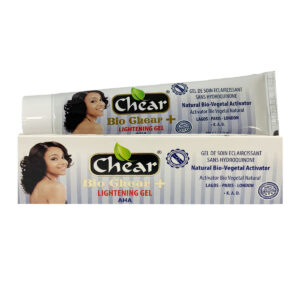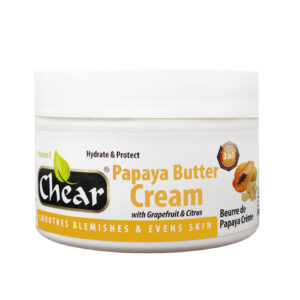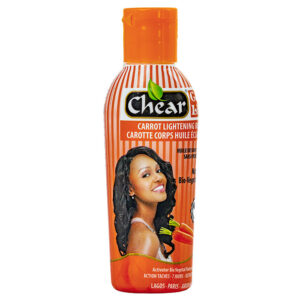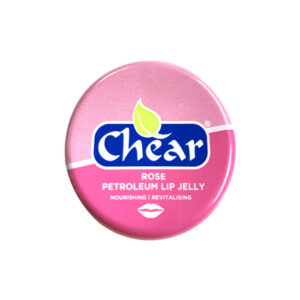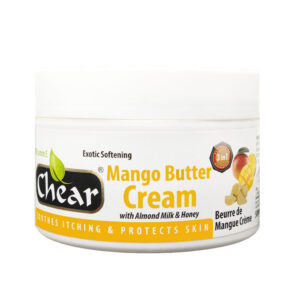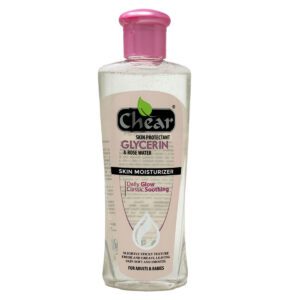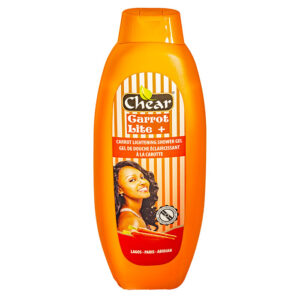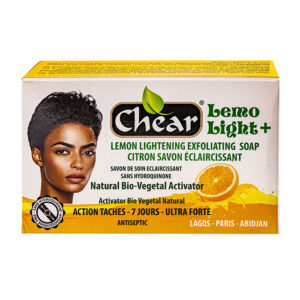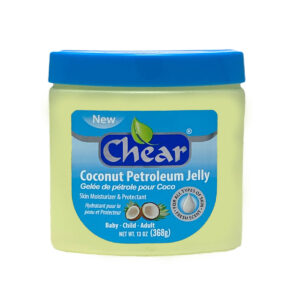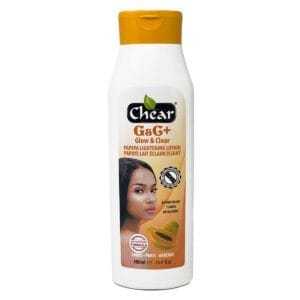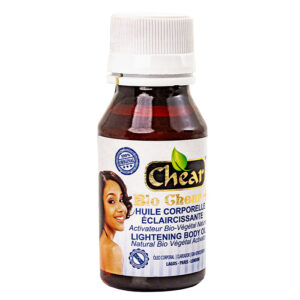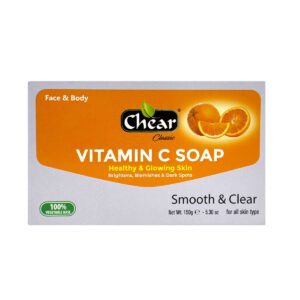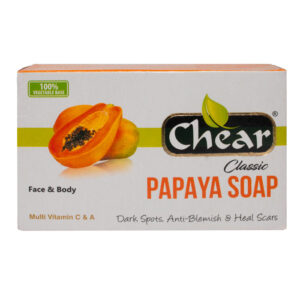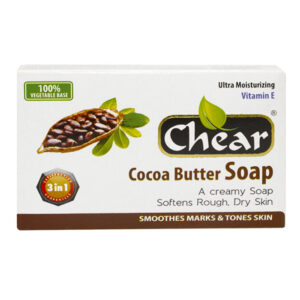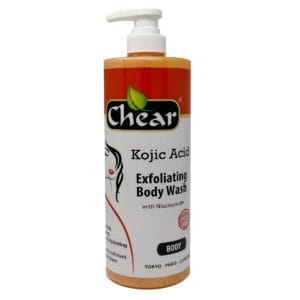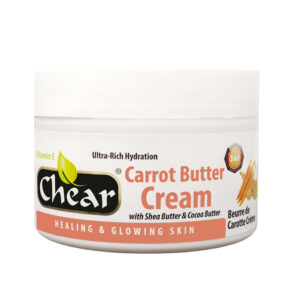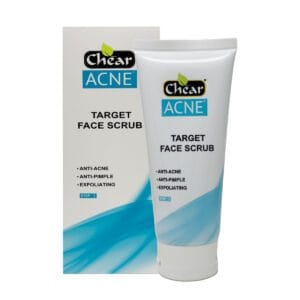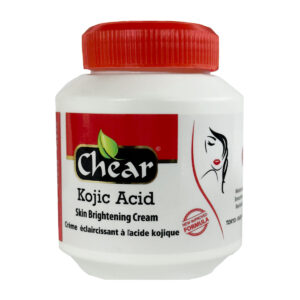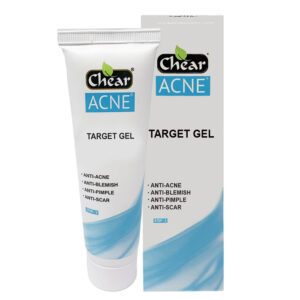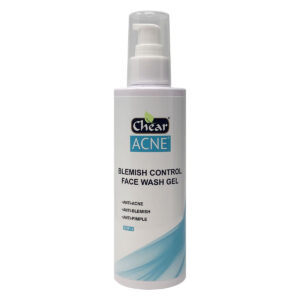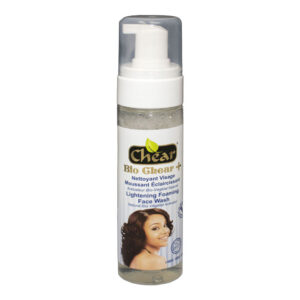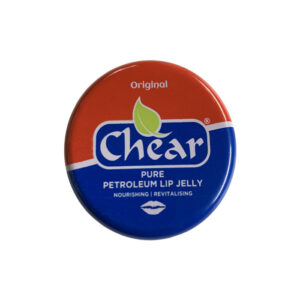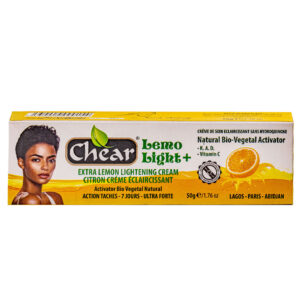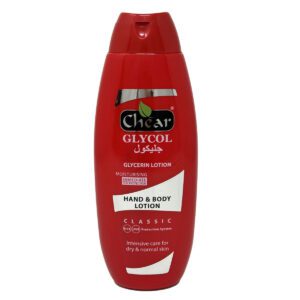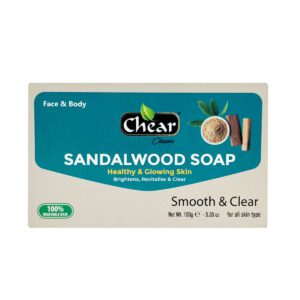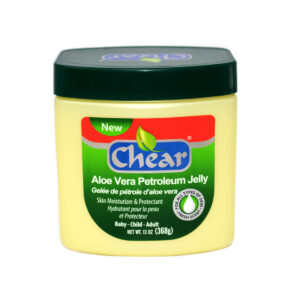- Home
- Beauty Tips
- Can You Use Isopropyl Alcohol on Skin?
Can You Use Isopropyl Alcohol on Skin?
Rubbing Alcohol Facts Explained
Is isopropyl alcohol safe for the skin? Discover the truth about rubbing alcohol use, expert safety advice, and why Chear Liquid Hand Cleanser Alcohol is a trusted choice in the UK.
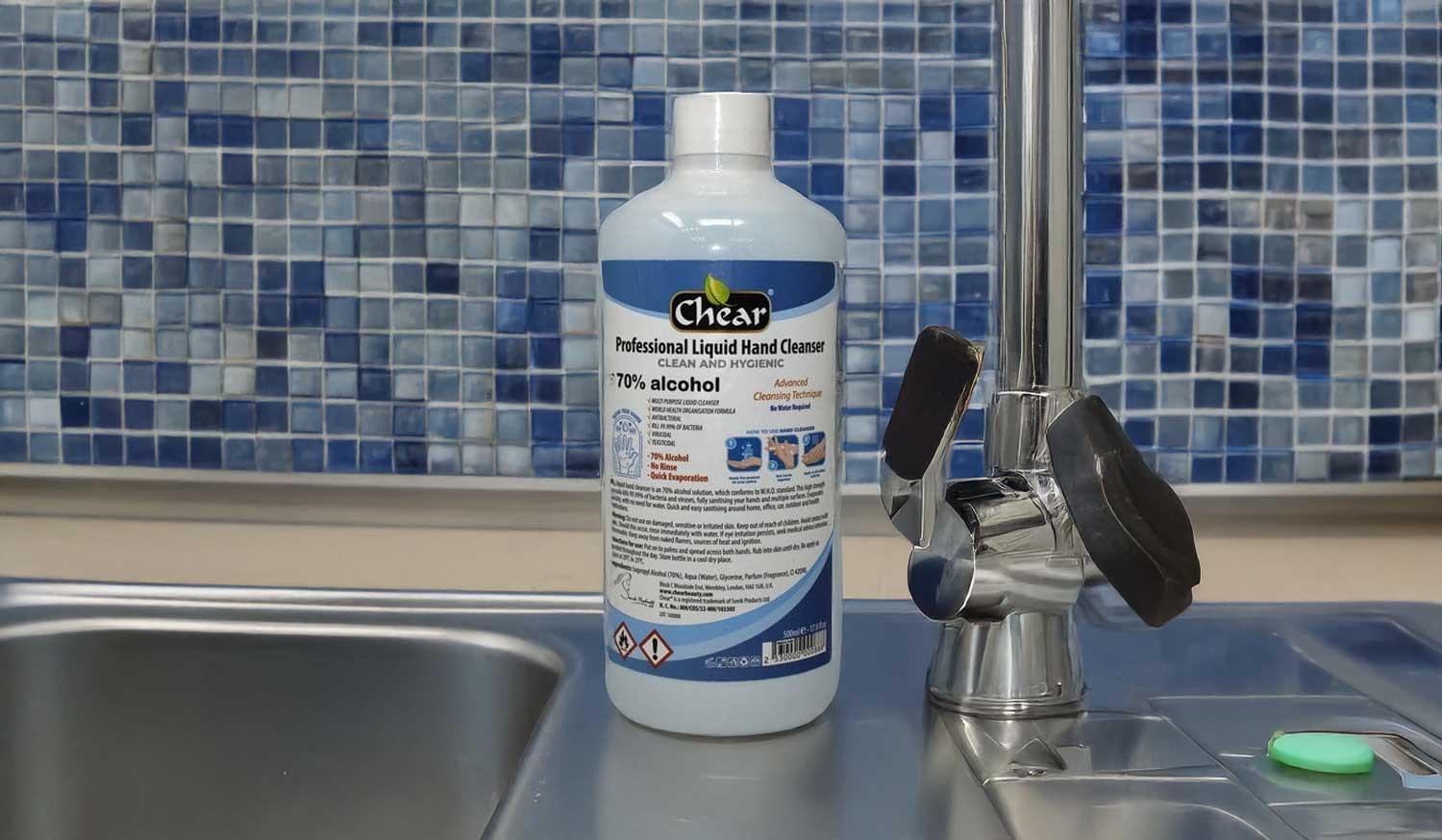
In today’s world, hygiene is more important than ever, and many of us rely on quick solutions, such as alcohol-based cleansers, to disinfect our hands and surfaces. But a common question arises, ‘Can isopropyl alcohol be used on the skin as rubbing alcohol? ’ Let’s break down the science, considerations, and why choosing the right product, such as Chear Beauty’s Liquid Hand Cleanser with Alcohol, makes all the difference for your skin.
What is Isopropyl Alcohol?
Isopropyl alcohol (IPA), also known as 2-propanol or isopropanol, is a type of alcohol commonly used for disinfecting and sanitising. With the chemical formula of C₃H₈O, it is a colourless, volatile liquid with a strong odour, widely available in concentrations ranging from 60% to 99% for commercial applications.
It is frequently used as:
- An antiseptic
- A surface disinfectant
- A solvent in household and cosmetic products
- A component in hand sanitisers
In medical and beauty circles, the terms isopropyl alcohol and rubbing alcohol are often used interchangeably, but it’s essential to understand their distinctions.
Is Rubbing Alcohol the Same as Isopropyl Alcohol?
While rubbing alcohol typically contains isopropyl alcohol, it is usually diluted with water and may include other ingredients, such as denaturants or moisturisers.
In most over-the-counter formulations:
- Rubbing alcohol = around 70% isopropyl alcohol + water + additives.
- Pure isopropyl alcohol = 99% concentration (undiluted).
According to the UK National Health Service (NHS) and Public Health England, alcohol-based hand rubs containing 60–80% isopropyl or ethyl alcohol are effective at killing most viruses and bacteria on the skin【source: NHS.uk】.
Can You Safely Use Isopropyl Alcohol on Skin?
Yes, but with limitations.
While isopropyl alcohol is an effective antiseptic, applying it directly to your skin in high concentrations (especially 90% or above) can cause dryness, irritation, and damage to the skin barrier. It strips the skin of natural oils, leading to cracking and increased susceptibility to infection.
The Centres for Disease Control and Prevention (CDC) and World Health Organisation (WHO) both recommend using sanitising products with 60–70% alcohol concentration for skin-safe applications【source: who.int】【source: cdc.gov】.
Ideal Use for Skin:
- Spot disinfection (e.g., before injections)
- Hand sanitising (in gel or liquid form with proper dilution)
- Surface sanitation (but not recommended for prolonged skin contact)
Therefore, isopropyl alcohol can be used as rubbing alcohol on the skin when it is properly diluted, preferably in formulations designed for topical application, such as hand cleansers or sanitisers.
Why 70% Isopropyl Alcohol is More Effective Than 99%
It may sound counterintuitive, but 70% isopropyl alcohol is more effective at killing bacteria and viruses than higher concentrations like 99%.
Here’s why:
- The presence of water facilitates the penetration of alcohol into microbial cell walls, enabling more effective denaturation of proteins.
- 99% IPA evaporates too quickly, reducing its contact time with microbes.A
- 70% solution allows for slower evaporation and longer action.
According to research published in the Journal of Hospital Infection and the UK government guidance on disinfection in healthcare settings, the 70% concentration hits the sweet spot between effectiveness and safety【source: gov.uk】【source: sciencedirect.com】.
Chear Liquid Hand Cleanser Alcohol: Skin-Friendly & Effective
If you’re looking for a skin-safe rubbing alcohol alternative, the Chear Liquid Hand Cleanser Alcohol is an excellent choice.
Key Features:
- It contains 70% isopropyl alcohol for optimal disinfection
- Quick-drying formula without the sticky residue
- Designed for frequent skin contact
- Ideal for homes, salons, clinics, and workplaces
- Portable and easy-to-use pump bottle
Unlike raw isopropyl alcohol from lab suppliers, this product is specifically formulated for hand use, meaning it contains no harmful additives and is less likely to irritate your skin.
Who Should Use It?
- Healthcare professionals
- Parents and families
- Salon owners and beauticians
- Office and retail workers
Because it is formulated for daily use, it serves as a reliable hand disinfectant while maintaining skin hygiene and comfort.
How to Use Isopropyl Alcohol-Based Products Safely on Skin
To reduce risks and maximise effectiveness, follow these tips:
✅ Do:
- Use products with 60–70% alcohol for hand cleaning
- Apply enough to cover all hand surfaces
- Rub hands together until dry
- Store away from heat or flame (IPA is flammable)
❌ Don’t:
- Use near eyes, broken skin, or mucous membranes
- Mix with other household cleaners
- Apply directly in high concentrations
- Use as a substitute for skincare or moisturisers
Aftercare Tip:
Moisturise your hands regularly after using alcohol cleansers to maintain a healthy skin barrier. Consider fragrance-free moisturisers or hand creams with aloe vera or glycerin.
The Risks of Overusing Isopropyl Alcohol on Skin
While it is safe when used correctly, frequent exposure to isopropyl alcohol can cause side effects such as:
- Dryness or flaking
- Redness and irritation
- Burning sensations on sensitive skin
- Dermatitis in extreme cases
According to the British Association of Dermatologists (BAD), prolonged use of harsh hand sanitisers—especially without moisturising—can increase skin sensitivity and exacerbate eczema or dermatitis【source: bad.org.uk】.
Alternatives for Sensitive Skin
If you have sensitive skin or are prone to reactions, consider products with added emollients or botanical extracts to counterbalance the drying effects of alcohol.
Look for:
- Alcohol-based gels with moisturisers
- Fragrance-free options
- Dermatologically tested products
Again, the Chear Liquid Hand Cleanser Alcohol is formulated to balance potent disinfection with minimal skin stress, making it an ideal choice for long-term use.
Isopropyl Alcohol in Cosmetics and Skincare
Beyond sanitisers, isopropyl alcohol is also used in:
- Makeup removers
- Aftershave lotions
- Nail care products
- Fragrance formulations
In these products, it serves as a solvent or preservative, but always in concentrations deemed safe by Cosmetic Ingredient Review (CIR) and EU Cosmetics Regulation (EC) No 1223/2009【source: legislation.gov.uk】.
Final Thoughts: Choose Wisely and Use Responsibly
To sum it up, yes, isopropyl alcohol can be used on the skin as rubbing alcohol, but only when diluted appropriately and used in specially formulated products, such as Cheer Liquid Hand Cleanser Alcohol.
It’s not just about killing germs; it’s about doing so safely and sensibly.
Why Choose Chear Beauty’s Hand Cleanser?
✅ Formulated for safe skin use
✅ Trusted 70% IPA concentration
✅ Effective, fast-acting, and non-sticky
✅ Suitable for everyday hygiene in busy lives
Shop Now
Take the safe route with your hygiene routine and shop the Chear Liquid Hand Cleanser Alcohol today. Trusted by UK professionals, it’s your on-the-go solution for protection that doesn’t compromise comfort.
References:
- NHS UK – Hand Hygiene Guidance: https://www.nhs.uk/live-well/healthy-body/best-way-to-wash-your-hands/
- UK – Decontamination in Healthcare: https://www.gov.uk/government/publications/infection-prevention-and-control-in-adult-social-care
- British Association of Dermatologists – Hand Dermatitis: https://www.bad.org.uk
- WHO Guidelines on Hand Hygiene: https://www.who.int/publications/i/item/9789241597906
- ScienceDirect – Isopropanol Study: https://www.sciencedirect.com/science/article/abs/pii/S0195670109000557
- EU Cosmetic Regulations: https://www.legislation.gov.uk/eur/2009/1223/contents

Chear Beauty @ Sonik Products Ltd | Company No: 3184821
Chear Beauty @ Sonik Products Ltd, Block C, Woodside End, Wembley Alperton, Middlesex HA0 1UR
